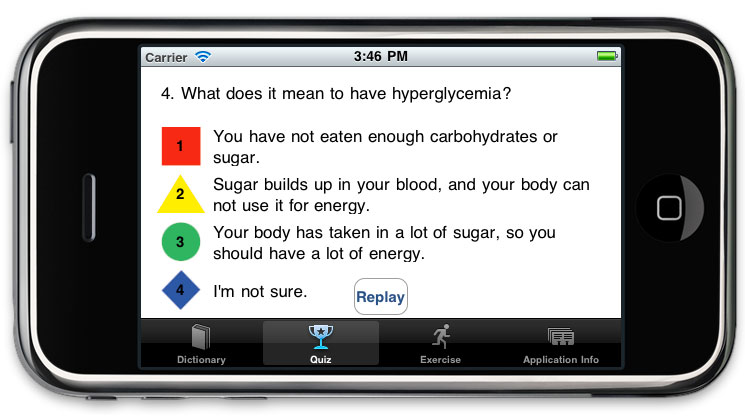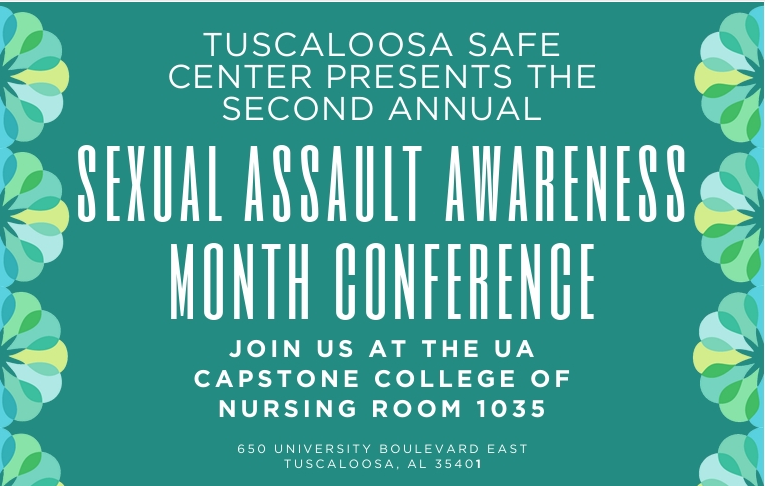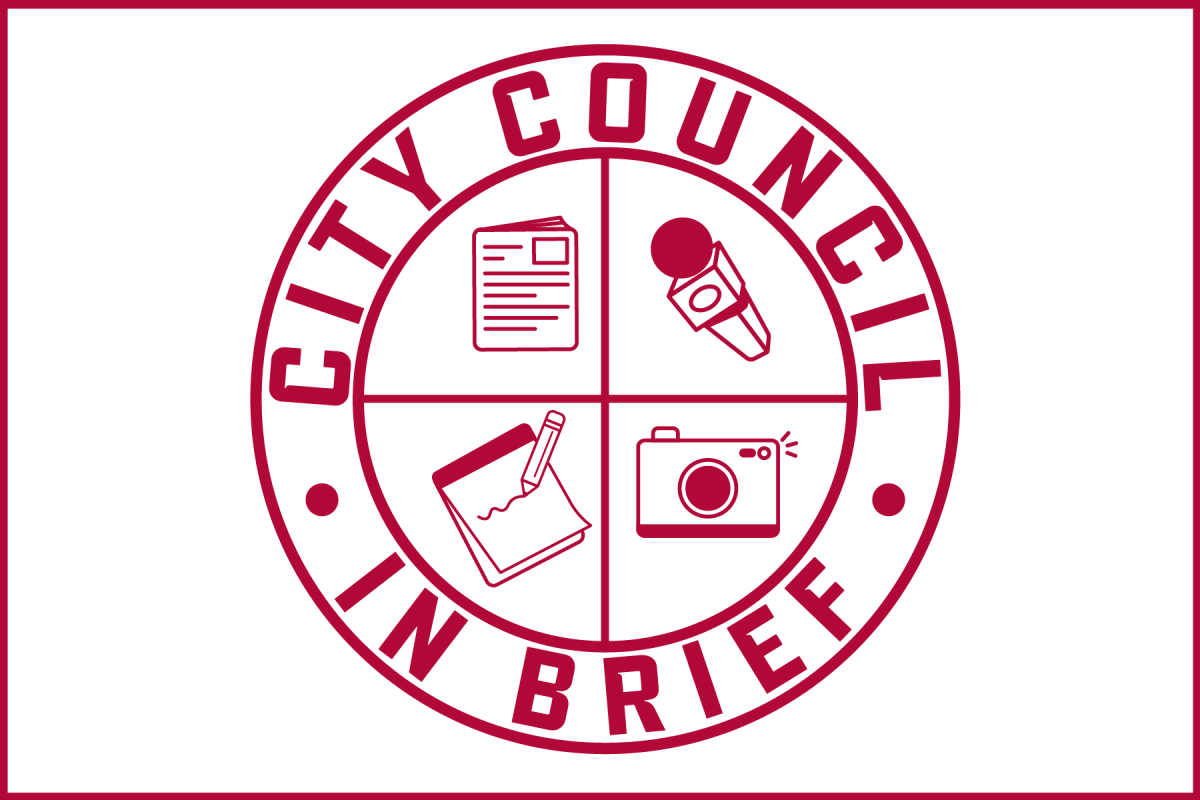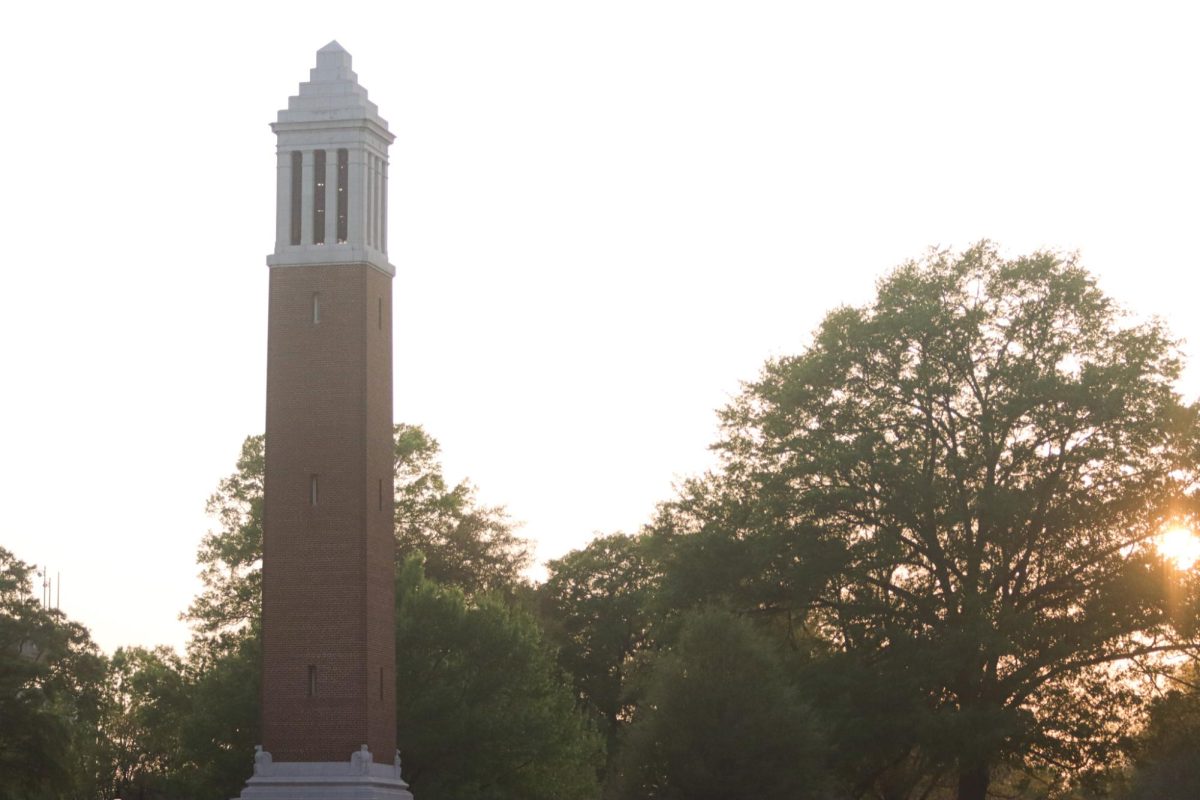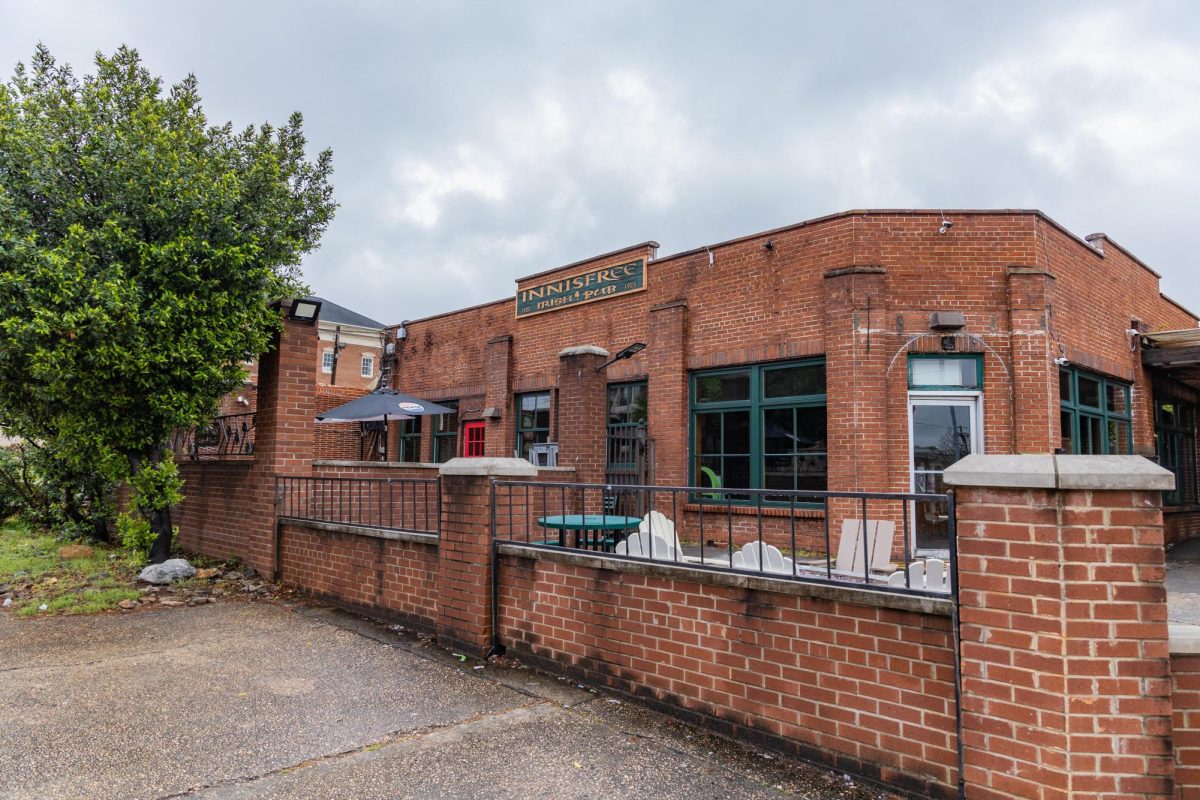 Students in the Computer-Based Honors Program have been working to create and develop smartphone applications. The apps the students are working on are classified as beneficial because they will help those who have health issues or physical disabilities. They range from assisting those with diabetes to helping the visually impaired or blind.
Students in the Computer-Based Honors Program have been working to create and develop smartphone applications. The apps the students are working on are classified as beneficial because they will help those who have health issues or physical disabilities. They range from assisting those with diabetes to helping the visually impaired or blind.
“The smartphone and mobile development space is really interesting,” said Jeff Gray, associate professor in the Department of Computer Science. “Many folks have their own mobile devices, and on more than one occasion, almost everyone thinks ‘I wish I had an app that did XYZ.’ We are seeing this area as a way to motivate and encourage students to learn more about technology in a way that hits their own special interests and taps into their creativity.”
Associate professor of electrical and computer engineering Edward Sazonov has been working with two students on apps relative to physical health.
“We are solving very practical problems here – one is monitoring of food intake,” Sazonov said. “The application that we are developing will be able to detect food intake, compute caloric content of the meal and keep track of daily food intake. The second is monitoring of physical activity.”
Kyle Redding, a senior majoring in computer science, has been working on the Diet Diary app for Android with Sasonov. The Diet Diary app will help users keep track of calories and food intake using sensors.
“The app will be a research tool for Dr. Sazonov,” Redding said. “He is interested in Bio-medical research, specifically using Bluetooth sensors for health monitoring. The app will help in this area by allowing users to track their caloric intact through manual input or, hopefully, Bluetooth sensor.”
Sazonov said, “We use shoe-based sensors that talk to a cell phone to recognize what the person is doing – for example, sitting, standing or walking – at any given moment of time. Shoe sensors can also be used to accurately predict caloric energy expenditure. Combine that with the food intake monitor, and you have an app that tracks your diet and physical activity for body weight management.”
Michael Robson, a senior majoring in computer science, has been working on an app for people with type 2 diabetes. He began working on the project with UA graduate Samantha Lindsay, associate professor Patricia Wood and former director of instructional technology for eTech Julia Hartman.
“The app is designed to help people with type 2 diabetes, mainly with low health and general literacy levels, learn more about their condition and how to take care of themselves,” Robson said. “Diabetes care is almost 95 percent self-management, and so it is critical that people with diabetes are doing certain things like checking their blood sugar and feet daily in order to insure their health.”
The diabetes app has three parts – a reminder system, “Diabetes Dictionary” and interactive DVD.
“I hope that this app can have a great impact on the University population,” Robson said. “While we are primarily targeting individuals in rural Alabama with low literacy levels, anyone with diabetes or who is curious about the disease can benefit from this application.”
Seniors Leah Boling, Melissa Bowman and Andrea Torske, alongside junior Elizabeth Williams, have worked on the “Digital Eyes” app. The smartphone app was designed to assist those who are visually impaired or blind to get around buildings. Information regarding rooms in the building is spoken aloud after using the smartphone to scan a tap at the entrance of the building.
The students and faculty working on these apps say they hope they will prove to be beneficial to those in the community.
“I have really enjoyed the creative process and learning the new technology,” Redding said. “It has been an incredible, challenging and rewarding experience.”
Gray said, “There is something deeply empowering in knowing that a smartphone app idea has the potential to really help others, as opposed to typical projects in the past that primarily served an academic or course need but really did not have a connection to the community.”
According to Sazonov, some of the apps that have been developed through the CS department are now being used by several research groups around the country.
“I hope that with further development and enrichment of capabilities,” he said, “these apps and wearable sensors will be used in research, clinical practice and even consumer applications.”



